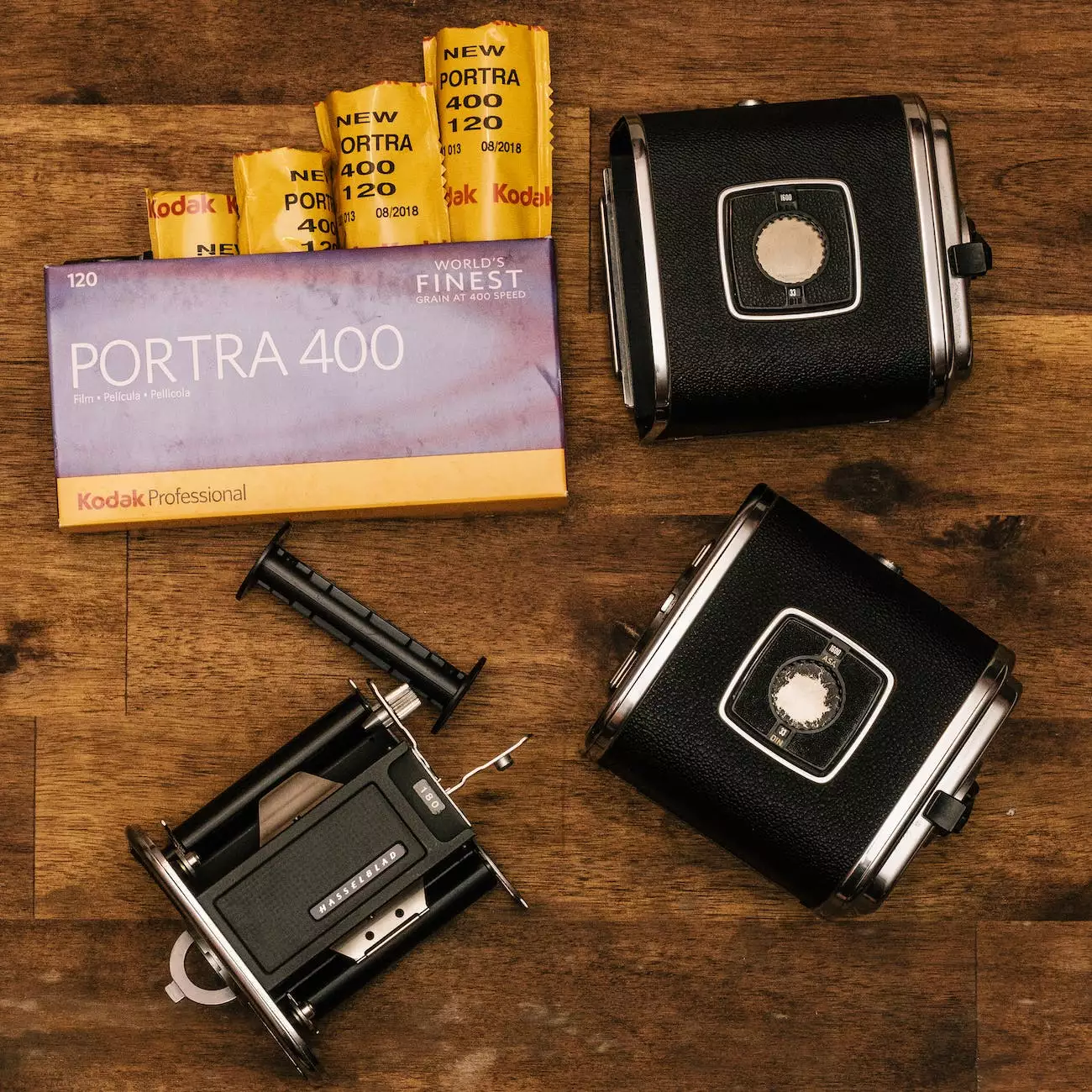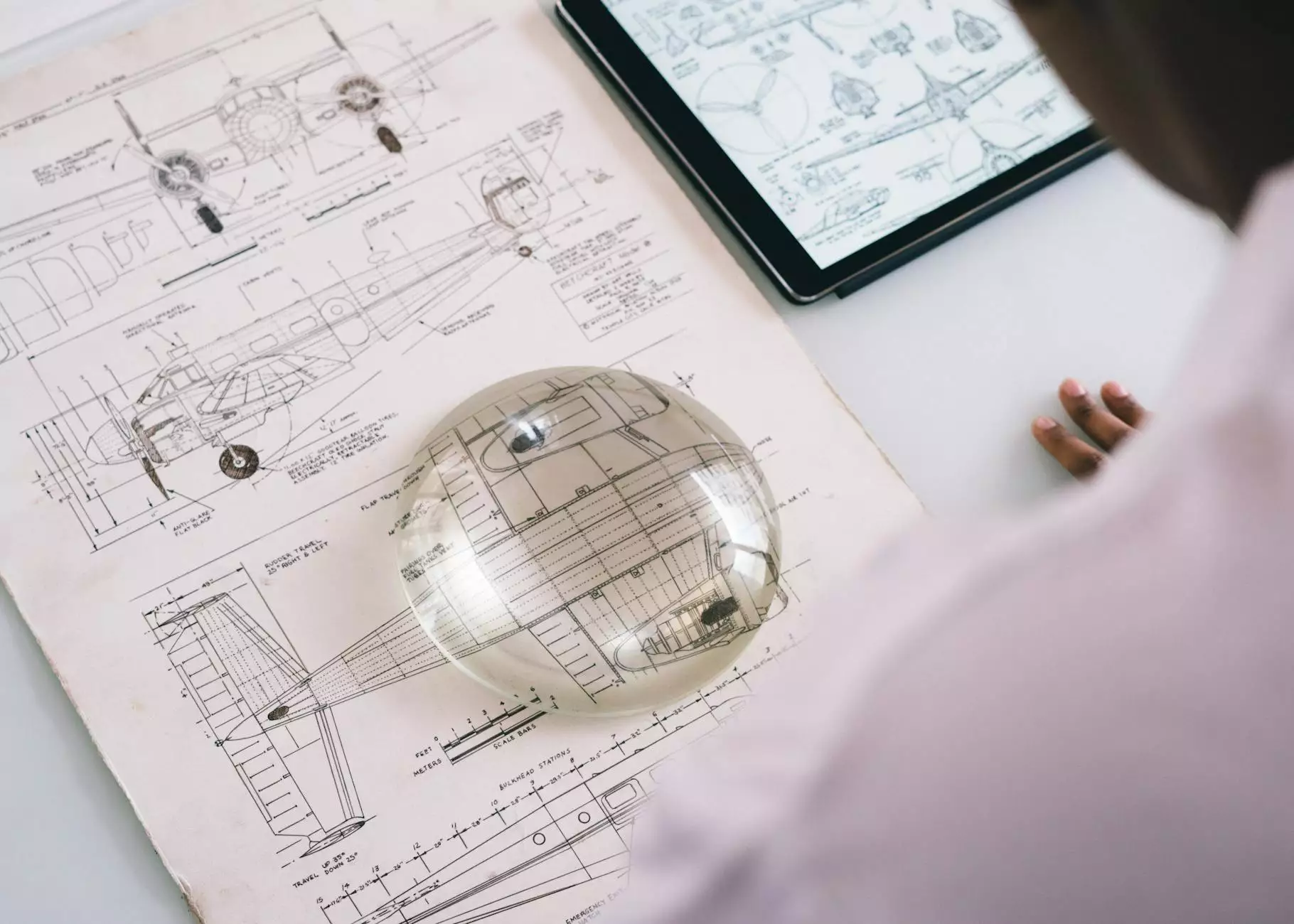How To Replace Your Aging File Server
Blog
Introduction
Welcome to Computerocity, your trusted partner in the Computers Electronics and Technology industry. In this guide, we will provide you with comprehensive and practical insights on how to effectively replace your aging file server. Whether you are a small business owner, an IT professional, or an individual looking to upgrade your storage infrastructure, our experts at Computerocity will walk you through the process step-by-step. Let's dive in!
1. Assessing your current file server
Your first step in replacing your aging file server is to assess the current state and performance of your existing system. Take note of the hardware specifications, storage capacity, and any bottlenecks that may be affecting productivity. Evaluate the software and applications running on the server to ensure compatibility with the new solution.
2. Identifying your requirements
Before making any decisions, it's vital to identify your specific needs and requirements for the new file server. Consider factors such as storage capacity, scalability, performance, data backup, and security. Documenting these requirements will help you make informed decisions along the way.
3. Researching available options
Next, conduct thorough research on the available options in the market. Look for reputable vendors and service providers that offer file server solutions tailored to your needs. Consider factors such as reliability, customer reviews, features, and pricing. Our team at Computerocity can assist you in finding the perfect fit for your business or personal requirements.
4. Designing your new file server setup
With the necessary information and options at hand, it's time to design your new file server setup. Consider factors such as hardware requirements, network connectivity, storage architecture, and redundancy features. It's crucial to plan for future growth and scalability to ensure the longevity of your investment.
5. Migration and data transfer
One of the most critical stages in replacing your aging file server is the migration and data transfer process. It's essential to ensure seamless movement of data while minimizing or eliminating downtime. Plan and execute a systematic transfer strategy, taking necessary backups and verifying data integrity throughout the process.
6. Configuring and optimizing the new server
Once the data transfer is complete, it's time to configure and optimize your new server. Install and set up the operating system, configure user roles and permissions, and optimize the file system for optimal performance. Our experts at Computerocity can guide you through this process, ensuring a smooth transition.
7. Testing and validation
After configuring your new file server, thorough testing and validation are crucial to ensure everything is functioning as expected. Test user access, file transfer speeds, software compatibility, and security protocols. Address any issues or glitches promptly to avoid disruptions in your workflow.
8. Decommissioning the old file server
Once your new file server is up and running smoothly, it's time to decommission your old system. Safely remove hardware, securely wipe data, and dispose of or repurpose components responsibly. It's always advisable to seek professional assistance to ensure proper disposal and adherence to environmental regulations.
Conclusion
Congratulations on successfully replacing your aging file server! By following the step-by-step process outlined above, you have now upgraded your storage infrastructure to meet modern requirements. At Computerocity, we understand the importance of reliable and efficient file server solutions. Contact our team today to explore our range of products and services tailored to suit your needs.
Get in touch with Computerocity
If you have any further questions or need assistance with replacing your file server, please feel free to reach out to our team at Computerocity. We are here to help guide you through the process and provide you with expert advice and solutions.










